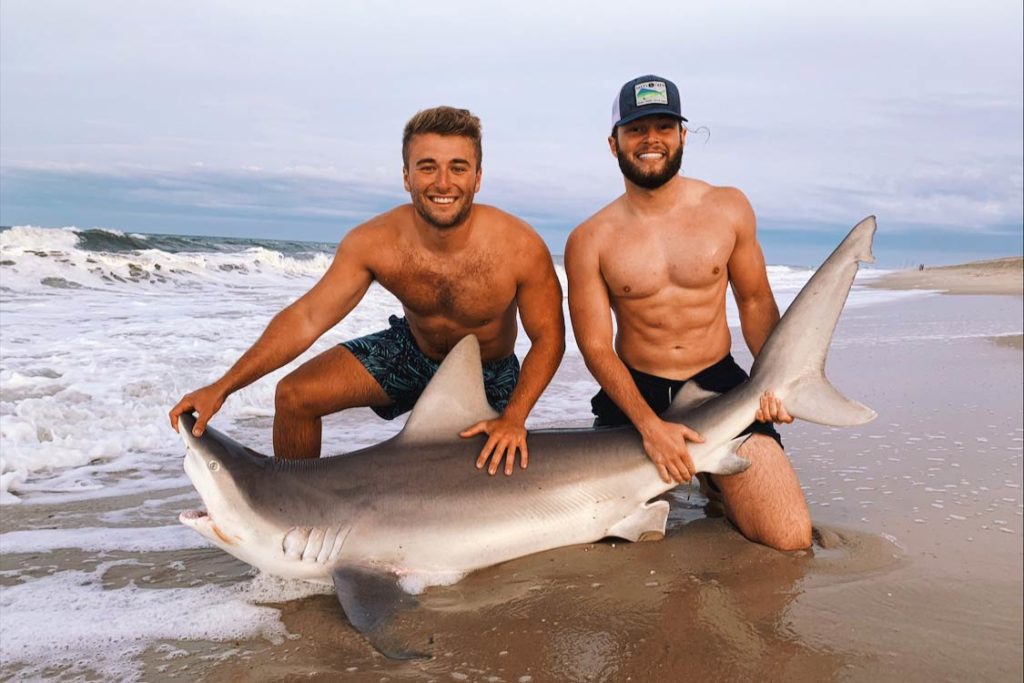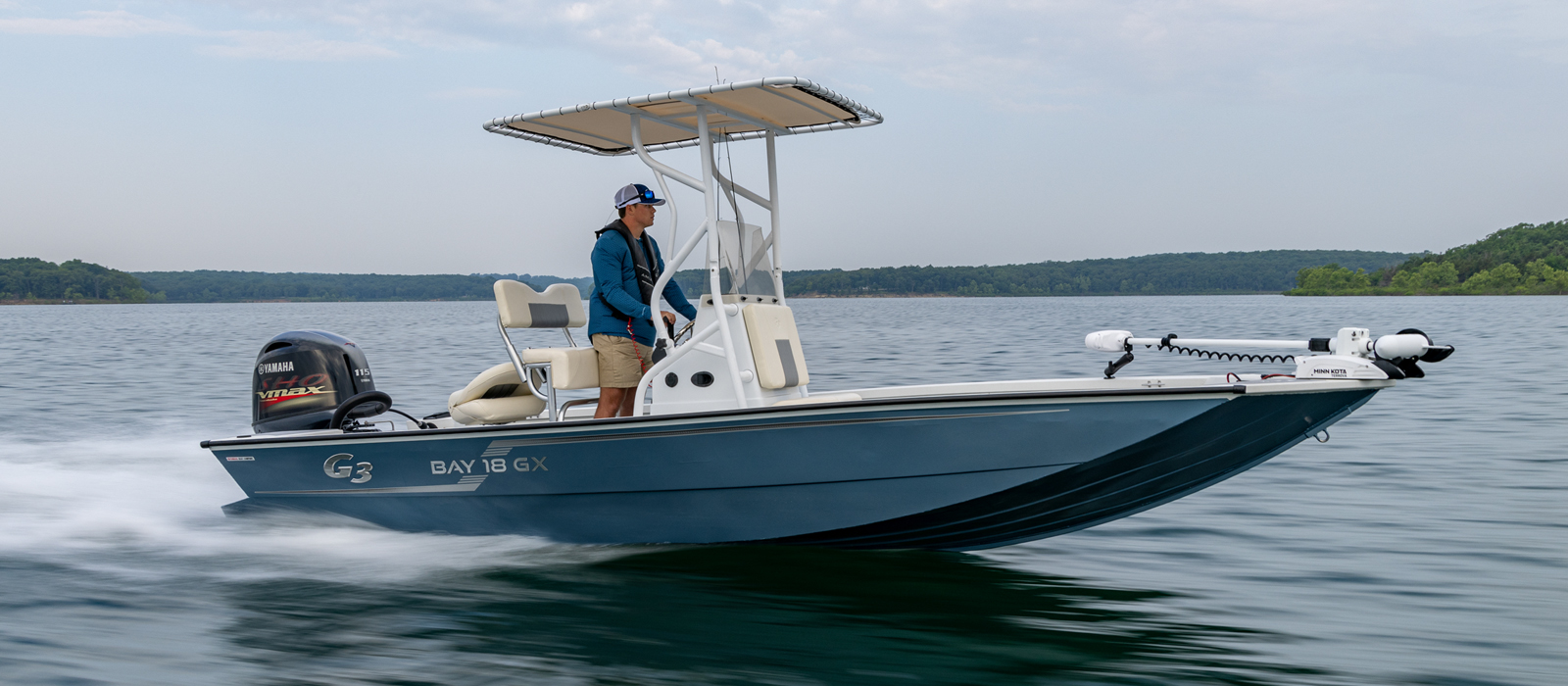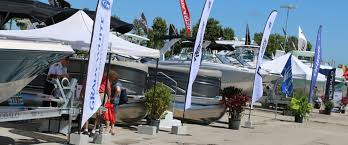Multiple Shark Attacks Florida Panhandle: Rising Concern for Swimmers
Multiple shark attacks on the Florida Panhandle have captured public attention recently. Walton County experienced two separate incidents, leaving three individuals injured.

One victim, Lulu Gribbin, suffered severe injuries, losing her left hand and right leg. Her bravery and resilience are notable, as she remained hopeful after surgery, telling her family, "I made it."
Despite the rarity of shark attacks, Florida leads globally in shark bite incidents. The Florida Museum of Natural History emphasizes that while these events are alarming, the actual risk to individuals remains low.
Local authorities have urged beachgoers to remain cautious and follow safety guidelines to reduce the likelihood of encounters.

The series of attacks significantly impacted the local community and tourism. The reopening of beaches in Walton County aims to restore normalcy while ensuring the safety of visitors.
Ongoing actions by local officials include monitoring shark activity and providing advisories to the public.
Key Takeaways
- Multiple shark attacks occurred on the Florida Panhandle.
- Walton County beaches have reopened with safety measures in place.
- The risk of shark attacks is low but requires caution from beachgoers.
Overview of Shark Attacks in Florida Panhandle
The Florida Panhandle is known for its beautiful beaches, but it also has its share of shark attacks. Many of these incidents have been documented and studied to help understand and prevent future attacks.
Historical Perspective
Shark attacks in the Florida Panhandle have been recorded for many years. The International Shark Attack File at the Florida Museum of Natural History keeps a detailed record of these events.
It shows that most shark attacks are non-fatal, though they can result in serious injuries.
During the summer months, the number of attacks tends to rise. This is because more people are in the water, increasing the chance of encounters with sharks.
In June 2024, for example, there were multiple shark attacks within a short period, including a teenager who lost a hand and a leg.
Modern technology and research have made it easier to track shark activity and identify trends. Efforts like tagging sharks and analyzing bite patterns help provide a deeper understanding of these incidents.
Communities also work on educating beachgoers about shark safety to minimize risks.

Shark Species Common in Florida Waters
The waters of the Florida Panhandle are home to various shark species. The most common include the blacktip shark, bull shark, and spinner shark. These species are often responsible for the majority of shark attacks in the area.
Blacktip sharks are known for their distinct fin tips and are frequently found nearshore. They are quick and agile, making them more likely to come into contact with swimmers.
Bull sharks are also prevalent and are known for their aggressive nature. They can thrive in both saltwater and freshwater, which means they are found closer to shore and sometimes even in rivers. This adaptability increases their chances of human encounters.
Spinner sharks are recognizable by their spinning leaps out of the water. They are typically found in deeper waters but can come closer to the coast during certain times of the year.
Understanding these species and their behaviors can help reduce the likelihood of shark attacks.
Recent Incidences and Their Locations
Two significant shark attacks have occurred in Walton County, Florida, causing temporary beach closures and raising concerns among locals and visitors. These incidents happened close to each other along Florida's Panhandle beaches.
Attack on Teenager at Watersound Beach
A teenage boy was attacked by a shark while swimming near Watersound Beach. The attack occurred around early afternoon on June 7, 2024.
The teenager was swimming about 40 yards from shore when the shark bit him on the leg, causing severe injuries.
Local authorities quickly responded to the scene and rushed him to a nearby hospital. He underwent emergency surgery.
The beach was temporarily closed, and red flags were posted to warn other beachgoers. Experts believe the shark may have mistaken the teenager for prey, noting that such attacks are rare.
Woman Attacked at Walton County
A few miles down the coast at Walton County, another shark attack took place on the same day. A woman was bitten on the hand while swimming near Seacrest Beach. The attack happened only 90 minutes after the first incident.
She was pulled from the water by nearby swimmers and given first aid. Emergency responders arrived quickly and transported her to a local hospital.
Her condition was critical, and she lost significant blood. Double red flags were also raised in Walton County to close the beaches for swimming, ensuring no further incidents occurred that day.
For more details on these attacks, visit Florida shark attacks in Walton County.
Response and Actions by Local Authorities
Local authorities have been quick to respond to the recent shark attacks along the Florida panhandle. This section covers statements from the Walton County Sheriff’s Office, actions by first responders, medical treatment provided, and new beach safety measures.
Walton County Sheriff’s Office Statements
Sheriff Michael Adkinson of the Walton County Sheriff’s Office emphasized the immediate need for safety. He underlined the importance of staying informed about the current sea conditions and adhering to warnings issued by local authorities.
According to Sheriff Adkinson, officers are actively patrolling the shore to ensure that people abide by safety guidelines.
The Sheriff's Office issued several public safety announcements. These included warnings about shark sightings and guidelines for swimming in areas where sharks have been spotted.
Sheriff Adkinson also pointed out that these measures are crucial for preventing future incidents.
First Responders and Medical Treatment
First responders, including lifeguards and firefighters from the South Walton Fire District, acted swiftly to the shark attacks.
They were on the scene almost immediately to provide emergency care. Lifeguards were instrumental in rescuing and stabilizing the injured victims.
The quick response by first responders enabled timely transport of victims to nearby hospitals. Medical teams provided necessary treatment for injuries caused by the shark attacks, which ranged from minor to severe.
The County Sheriff's Office highlighted the effectiveness of these coordinated efforts in managing the crisis.
Beach Safety Measures and Flag System
In response to the shark attacks, local authorities have implemented new beach safety measures.
Emergency services have increased their patrols along the Gulf Coast, both on land and in the water.
Lifeguard towers are now more frequently staffed, ensuring that help is readily available.
Moreover, the beach flag warning system has been updated to reflect the increased risk.
Red flags, indicating high hazard, have been flown more often to signal dangerous marine conditions and the presence of sharks.
Officials advise beachgoers to pay close attention to these flags for their safety.
Regular announcements and information boards are utilized to inform the public about current shark sightings and safe swimming practices.
This ongoing vigilance is part of a broader strategy to protect both residents and tourists who visit the beach.
Victim Profiles and Injuries Reported
Recent shark attacks in the Florida Panhandle left several people with serious injuries. These incidents have brought significant attention to beach safety and the physical and emotional impact on the victims.
Case Study: 45-Year-Old Woman's Encounter
A 45-year-old woman experienced a severe shark attack near Watersound Beach. She was swimming near a sandbar when the shark bit her.
The attack resulted in the partial amputation of her left leg, leading to significant trauma.
She managed to get to the shore with the help of nearby swimmers. Emergency responders quickly stabilized her before transporting her to a local hospital.
Her recovery is expected to be long, requiring multiple surgeries and extensive rehabilitation.
Case Study: Teenagers and Beachgoers
In another incident, a teenager named Lulu Gribbin lost her left hand and suffered injuries to her right leg.
She had been swimming with a group of friends near Miramar Beach when the attack occurred. Her friends used a surfboard leash as a tourniquet to stop the bleeding.
Gribbin was rushed to the hospital where doctors performed emergency surgery.
She remains optimistic despite her injuries, and her story has gained attention on social media platforms due to her resilience and bravery.
Risk Assessment and Public Advisory
Shark attacks along the Florida Panhandle have prompted experts to urge beachgoers to take extra precautions. Understanding shark behavior and taking safety measures can help reduce the risk of being bitten.
Analyzing Shark Behavior and Habitats
Experts emphasize the importance of recognizing areas where sharks are most likely to be found.
Sharks often frequent sandbars, steep drop-offs, and waters rich in marine life. These areas provide ample food and shelter.
Some species are particularly drawn to certain locations and times, rising the risk of unprovoked bites. Awareness of seasonal changes and migration patterns can help beachgoers understand when sharks are most active.
Marine experts advise monitoring beach flags—purple flags and red flags indicate the presence of dangerous marine life and potential shark hazards. Recognizing these can prevent unwanted encounters.
Safety Precautions for Swimmers and Divers
Swimmers and divers should follow specific safety precautions to minimize risks. Staying in groups is crucial, as sharks tend to target individuals who are isolated.
Avoid swimming near sandbars and steep drop-offs, where sharks are commonly found.
Beachgoers should heed lifeguard warnings and watch for beach flags. Purple flags indicate dangerous marine life, while red flags signify high hazard conditions, including the likelihood of shark presence.
Limiting splashing and avoiding entering water with open wounds can further reduce risks. It's also advisable to avoid water during dawn and dusk, when sharks are most active.
Effects on Tourism and Local Economy
Recent shark attacks in the Florida Panhandle have raised concerns about the safety of the beaches, impacting both tourism and the local economy. The incidents have led to temporary closures and a cautious approach from beachgoers and businesses alike.
Impact on Beach Visits and Tourism
The shark attacks along Gulf Coast beaches caused immediate fear among tourists. This fear resulted in a noticeable drop in beach visits. Authorities, such as those in Walton County, had to temporarily close beaches to ensure public safety, further reducing the number of visitors.
Tourism in the region relies heavily on beachgoers. Decreased visitation can lead to significant economic losses. Hotels, restaurants, and other businesses that cater to tourists might see fewer customers. This drop can affect the profitability and economic vitality of these coastal communities.
Local Business Responses
Local businesses have had to adapt quickly to mitigate the economic downturn. Hotels in the area may offer discounts and special packages to attract wary tourists. Restaurants and shops are using promotions to encourage locals and remaining tourists to support them.
Several businesses are also collaborating with authorities to ensure safety and rebuild public trust. Beach operators are increasing safety measures, such as better monitoring and more lifeguards, to reassure the public that the beaches are safe for return. This proactive stance aims to reduce the negative economic impact of the recent events.
Preventive Measures and Future Outlook
Effective shark attack prevention and a safer future require strategic research and proactive community education.
Research and Monitoring of Shark Activities
Experts emphasize continuous research on shark behaviors to predict potential risks. Using GPS trackers and drone surveillance, researchers monitor shark movements along the coastline. Lifeguards can access this data in real-time to warn beachgoers of any nearby shark activity.
In Florida, several institutions are dedicated to studying migratory patterns and environmental factors influencing shark behavior.
By understanding these factors, scientists develop more accurate early warning systems. Collaboration among researchers, fisheries, and government agencies is crucial to implement these initiatives effectively.
Community Education and Awareness Initiatives
Informing the public about shark safety is a critical step in prevention. Community awareness programs are designed to educate residents and tourists about shark behavior and safe swimming practices. Lifeguards conduct regular briefings on current conditions and potential hazards.
Educational programs in schools and community centers help spread knowledge about the importance of sharks in marine ecosystems. These initiatives emphasize respect and caution, providing clear guidelines on what to do in case of an encounter.
Frequently Asked Questions
Shark attacks have gained attention in the Florida Panhandle, particularly in Walton County. This section addresses common concerns and provides vital information on shark activity and safety measures.
What types of sharks are most commonly involved in attacks along the Florida Panhandle?
Bull sharks and blacktip sharks are frequently involved in attacks in this area. These species are often found in warm, shallow waters where people swim.
How frequently do shark attacks occur in the Florida Panhandle region?
Shark attacks are relatively rare but can occur more often during the summer months when beachgoer activity increases. Recent reports indicate multiple incidents within a short period.
What safety precautions should swimmers take to avoid shark attacks in Walton County and surrounding areas?
Swimmers should avoid swimming at dawn or dusk, stay in groups, and not enter the water with open wounds. Heeding local advisories and swimming near lifeguards can also reduce risks.
Are there any recent updates on shark attack incidents in the Florida Panhandle?
Three women were bitten by sharks on June 7, 2024, in the Florida Panhandle. Authorities temporarily closed some beaches in response to these incidents.
How do shark attack statistics in the Florida Panhandle compare to other parts of the state?
While the Florida Panhandle has seen a spike in recent attacks, other areas, like Volusia County, typically report higher numbers of shark bites annually.
What measures are being taken to monitor and prevent shark attacks in Florida?
Authorities use methods like increased beach patrols, public education campaigns, and temporary beach closures to enhance safety. Lifeguards and local officials stay vigilant. This is especially true after reported attacks.
Charlie is Editor-in-Chief of Sea Magazine







